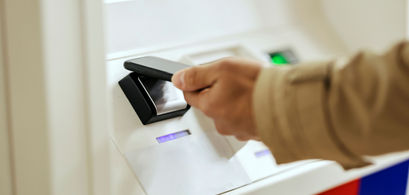Definition
The term at-the-money refers to an option that has a strike price which is identical to the current market price of the underlying security. The concept of moneyness helps an investor to understand the position of an underlying asset relative to an option's strike price.
Explanation
When an investor holds an option, they are provided with the right, but not an obligation, to buy or sell the underlying asset at the strike price on or before the contract's expiration date. In the case of a call option, the holder has the right to buy the underlying asset, while a put option confers the right to sell the underlying. An at-the-money option has no intrinsic value since the current market price and the strike price indicated on the option are the same.
An option that is at-the-money (ATM) will usually trade at a premium that accounts only for the time value of the option itself, since it can increase in value over time. In this example, the premium paid for the option would be a function of the time to expiration and the security's volatility. Everything else being equal, the longer the time to expiration and the greater the volatility of the underlying asset, the greater the chance the option will be in-the-money and the higher the premium paid for the option.
While it's important to understand the concept, options would rarely be at-the-money. An option whose strike price is close to the current market price would more likely be labeled as "near-the-money."




